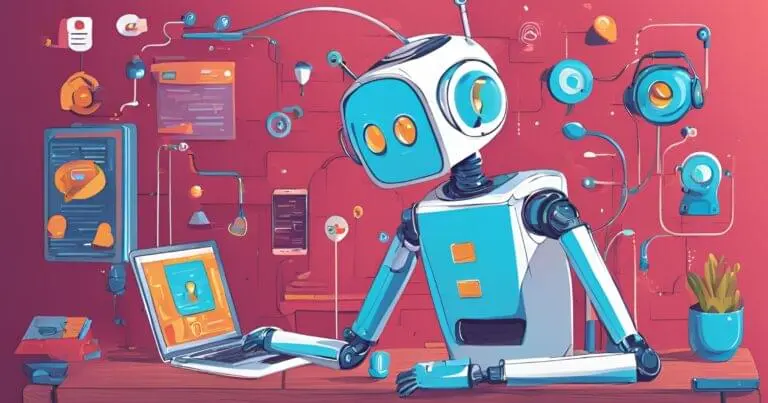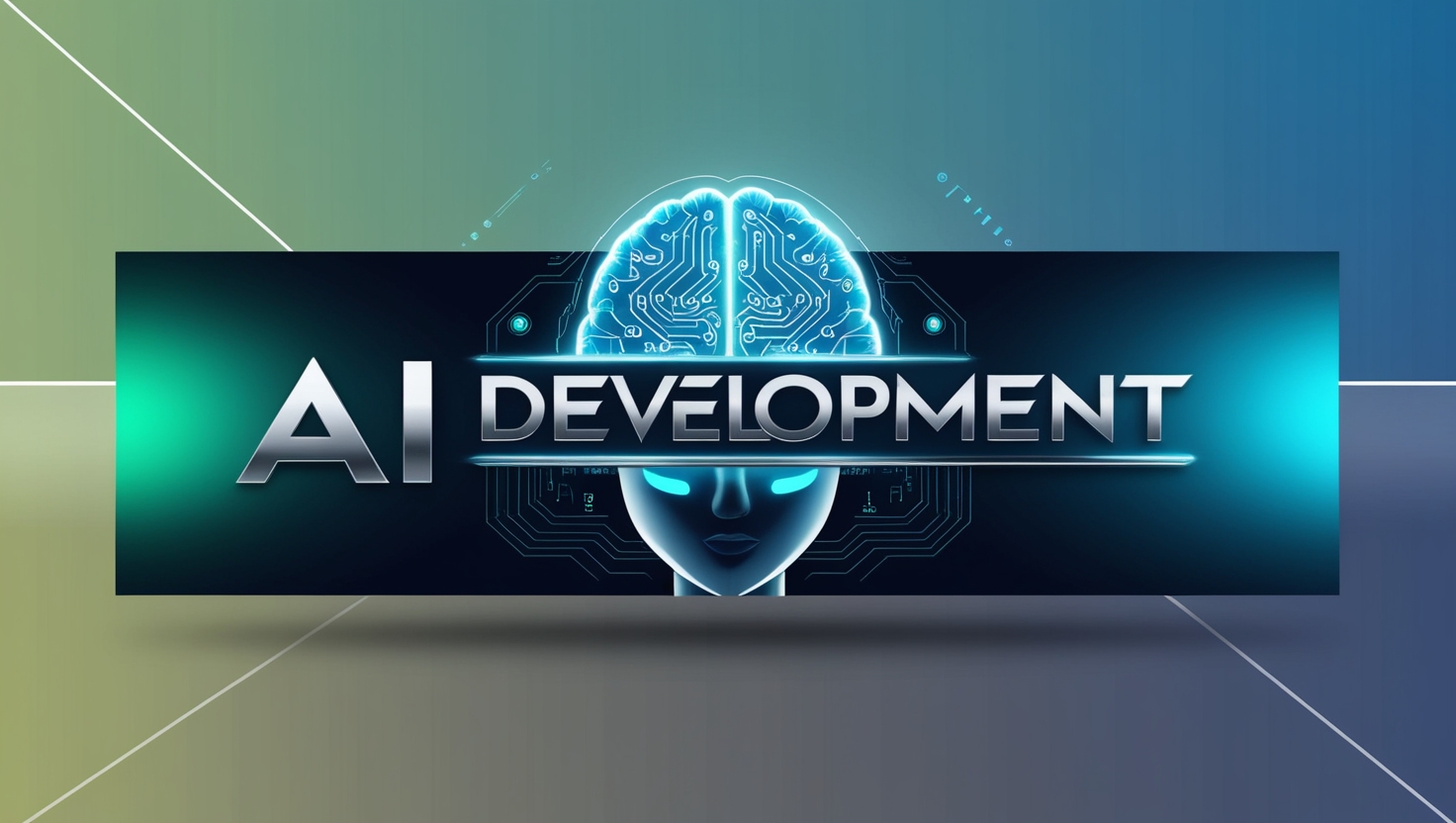Character AI: Everything You Need to Know (2025)

Artificial intelligence (AI) has revolutionized numerous industries, from healthcare to entertainment, and now it's making significant strides in the world of digital characters. As of 2025, Character AI has become an integral part of virtual environments, gaming, entertainment, and even customer service. These digital personalities are powered by advanced machine learning algorithms, capable of mimicking human behaviors, speech patterns, and emotional responses with uncanny accuracy.
In this article, we will explore how Character AI works, its applications, and its future potential in a variety of fields.
What is Character AI?
Character AI refers to the use of artificial intelligence technology to create digital characters that interact with users in natural and lifelike ways. Unlike traditional non-playable characters (NPCs) in video games, which follow scripted actions and dialogues, Character AI characters are designed to learn, adapt, and evolve based on interactions. These characters can be part of virtual worlds, video games, interactive movies, or even virtual customer service assistants. They use algorithms that process natural language, emotional cues, and behavioral patterns to offer more dynamic and engaging experiences.
How Does Character AI Work?
Character AI operates through a combination of machine learning models, natural language processing (NLP), and behavior simulation. Here are the key components involved in its operation:
Natural Language Processing (NLP): NLP allows Character AI to interpret and generate human-like speech. It enables the AI to understand and respond to text or spoken language inputs in a way that feels coherent and human. Advanced NLP systems, such as GPT-4 (or future iterations), allow characters to engage in conversations that seem more fluid and less scripted.
Machine Learning: Machine learning algorithms enable Character AI to improve over time. These algorithms analyze past interactions, identify patterns, and adapt the character's responses accordingly. With each interaction, the AI learns new ways to react to user inputs, which helps it become more convincing and lifelike.
Emotion Simulation: Many Character AIs are designed to simulate emotions. They can detect emotional cues based on text or speech tone and adjust their responses to mirror those emotions. This ability to "feel" and respond to emotions gives characters a sense of depth and makes them more relatable.
Behavioral Modeling: AI characters often have complex behavior models that allow them to perform actions autonomously. These behaviors are not limited to simple responses but can include decision-making, problem-solving, and adapting to changing situations in the virtual world.
Computer Vision (Optional): Some advanced Character AIs also integrate computer vision, allowing them to recognize and interpret visual inputs. This technology can be used to track user movements, detect facial expressions, and even adjust a character’s actions based on the user’s physical presence.
Applications of Character AI
The range of applications for Character AI has grown substantially in recent years, with various industries using it to create more engaging, interactive, and intelligent characters.
1. Video Games
Character AI has revolutionized video games. In the past, NPCs were limited to pre-scripted actions and dialogues. With AI, these characters can adapt to players' actions and create more personalized and unpredictable experiences. AI-driven NPCs can adjust their strategies based on player behavior, offering unique challenges each time the game is played.
For example, in role-playing games (RPGs), NPCs can engage in meaningful conversations, remember player choices, and even form relationships with players. This level of interactivity adds depth to the gaming experience, allowing players to form emotional connections with the characters in the game.
2. Virtual Assistants and Customer Service
AI-driven characters have become common in customer service. Virtual assistants, powered by Character AI, interact with customers on websites, answering questions, providing support, and even troubleshooting issues. These AI assistants can communicate with customers in a way that feels less robotic and more like speaking to a human representative.
In addition to handling basic inquiries, AI characters can handle complex tasks, such as scheduling appointments, processing orders, and providing tailored recommendations based on user preferences.
3. Interactive Entertainment
Character AI is also reshaping the entertainment industry. Interactive movies, TV shows, and online content now feature characters who can respond to viewers' choices in real-time. For instance, interactive storytelling platforms like Netflix's Bandersnatch have used AI to create branching narratives, where characters can change their behavior depending on user decisions. The future of entertainment lies in creating experiences where characters are not bound by a fixed script but instead evolve and react in real-time.
4. Education and Training
AI-driven characters are playing a key role in education. Virtual tutors and training assistants can help students learn by providing personalized instruction, feedback, and support. In corporate training, AI characters simulate real-world scenarios, offering employees an opportunity to practice skills in a safe environment.
For example, in medical training, AI characters can simulate patient interactions, allowing medical students to practice diagnosing and treating various conditions without the need for live patients.
5. Social Media and Virtual Worlds
Character AI is also being integrated into virtual worlds and social media platforms. These AI-powered avatars interact with users in online environments, serving as companions, guides, or even influencers. They can engage with users through text, voice, or video, creating an immersive and personalized experience.
Social media platforms like Instagram and TikTok have already experimented with virtual influencers, and as AI continues to improve, these characters will become more interactive and responsive to trends and user engagement.
6. NSFW AI Chatbots
A controversial but increasingly common application of Character AI is the development of NSFW AI chatbots. These chatbots are designed to engage in adult conversations, often simulating intimate or explicit interactions. They are part of a growing trend within the adult entertainment industry, where AI-driven characters are used to simulate personalized, private interactions. While these AI chatbots raise ethical concerns, particularly around the issues of consent, privacy, and addiction, they are gaining popularity for their ability to create unique experiences tailored to individual preferences.
Key Benefits of Character AI
Character AI offers several key advantages across different sectors, including:
Scalability: AI characters can interact with thousands of users simultaneously, providing efficient support and entertainment without requiring human intervention.
Consistency: Unlike human performers, AI characters do not suffer from fatigue or inconsistency. They can maintain the same level of performance over time, ensuring users receive the same quality of interaction each time.
Customization: AI characters can be designed to reflect a wide range of personalities, traits, and behaviors. Users can customize the AI to match their preferences, creating a unique and personalized experience.
Cost Efficiency: In industries like customer service, AI characters reduce the need for human labor, lowering operational costs. They can also work 24/7, further increasing efficiency.
Engagement: With their ability to adapt to user behavior and emotions, AI characters offer a more engaging and dynamic experience compared to static, pre-programmed systems.
Challenges and Limitations of Character AI
Despite its many benefits, Character AI still faces some challenges:
Ethical Concerns: As AI characters become more advanced, there are concerns about their potential to manipulate or deceive users. For instance, an AI character could convincingly mimic a human personality, leading users to form emotional attachments that may not be reciprocated.
Lack of Creativity: While AI characters can simulate emotions and responses, they still lack true creativity. They generate responses based on patterns and data, which limits their ability to think outside the box or provide truly innovative solutions.
Bias and Fairness: AI systems are only as good as the data they are trained on. If an AI character is trained on biased or incomplete data, it may produce responses that are unfair or discriminatory.
Privacy Concerns: AI characters often collect and process large amounts of personal data to provide more relevant responses. This raises concerns about user privacy and the potential misuse of data.
Emotional Detachment: While AI characters can simulate emotions, their responses may still lack the nuance and depth of human interactions. This emotional gap can sometimes make interactions feel artificial or shallow.
The Future of Character AI
Looking ahead, the future of Character AI seems incredibly promising. With ongoing advancements in AI technology, we can expect even more realistic and sophisticated characters in the years to come.
Improved Emotional Intelligence: Future Character AIs will likely become even better at understanding and responding to human emotions. Through more advanced emotion detection algorithms, AI characters will be able to provide more empathetic and authentic responses.
Voice Synthesis and Lip Syncing: As voice synthesis technology improves, AI characters will be able to speak in more natural and expressive voices. Paired with advanced lip-syncing technology, these characters could have human-like speech patterns, further blurring the lines between virtual and real.
Cross-Platform Integration: Character AI will likely become more integrated across different platforms, from video games to social media and customer service. This will allow users to interact with the same AI character in multiple contexts, creating a more unified and consistent experience.
AI-Driven Storytelling: As AI evolves, we can expect to see more dynamic and responsive storytelling. Characters will be able to adapt and change the plot based on player or viewer decisions, creating unique experiences each time.
Better Realism in Virtual Environments: With advancements in AI, virtual worlds will become even more lifelike. Characters will have more complex personalities, behaviors, and interactions, creating a more immersive and believable digital environment.
Conclusion
Character AI is rapidly transforming how we interact with technology. From gaming to customer service, entertainment, and education, AI-driven characters are enhancing user experiences in ways that were once thought impossible. While there are still challenges to overcome, including ethical concerns and technical limitations, the future of Character AI looks incredibly bright. As AI technology continues to improve, we can expect even more advanced, lifelike, and engaging digital characters that will shape our virtual experiences in profound ways.
Note: IndiBlogHub features both user-submitted and editorial content. We do not verify third-party contributions. Read our Disclaimer and Privacy Policyfor details.





